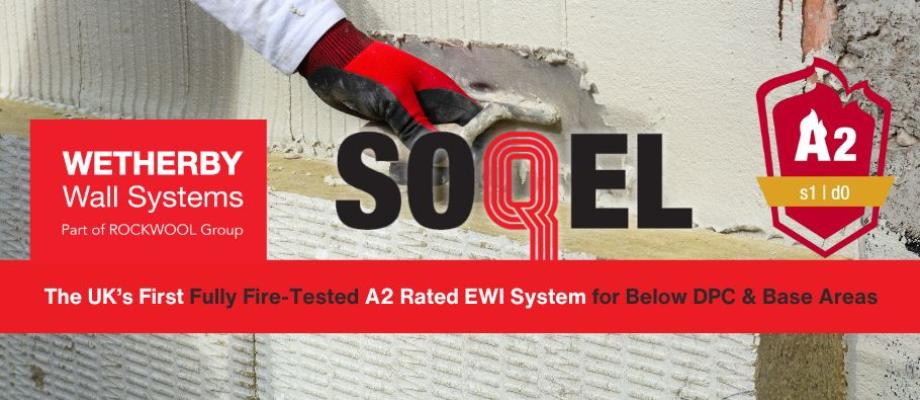Air source heat pumps...a logical option for social housing

The heat pump revolution is underway in the UK with more and more housebuilders and social housing providers opting for heat pumps rather than the traditional fossil fuelled gas and oil fuelled boilers. The Government has introduced legislation that will see boilers phased out by 2025 in new build properties, but sensibly, many developers are getting ahead of the game and future proofing their new homes and in many cases the heating system upgrades on existing homes as well. The new, easy to install, highly energy efficient air to water heat pumps available now are proving to be hugely popular, with Unitherm already picking up a number of sizeable contracts from social housing providers. And it’s been Unitherm’s ‘All U Need’ approach - full supply, design heat pump package, with a simple to install system and full technical support that is proving popular.

















